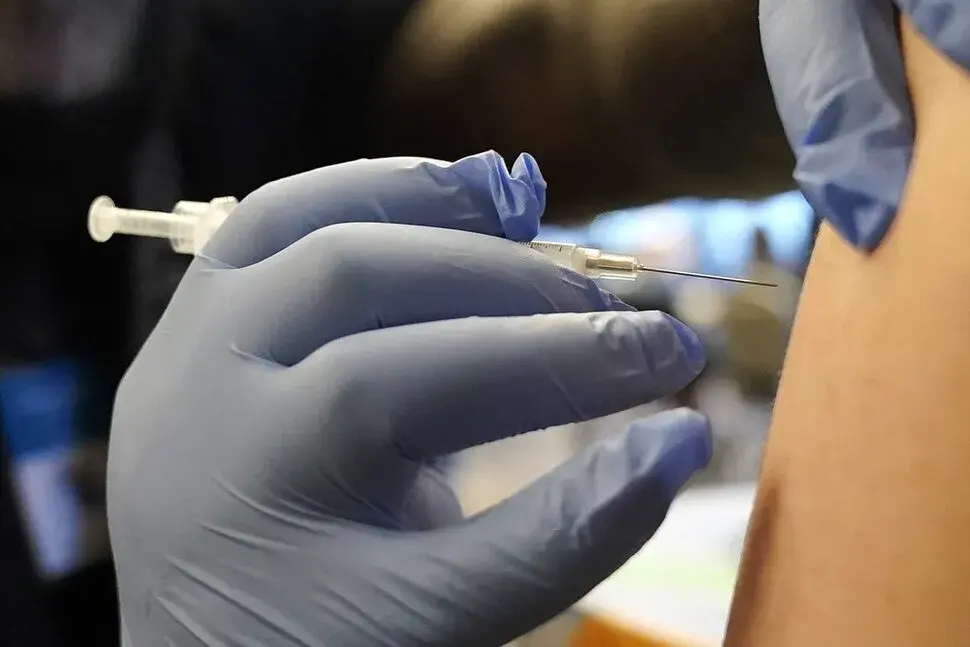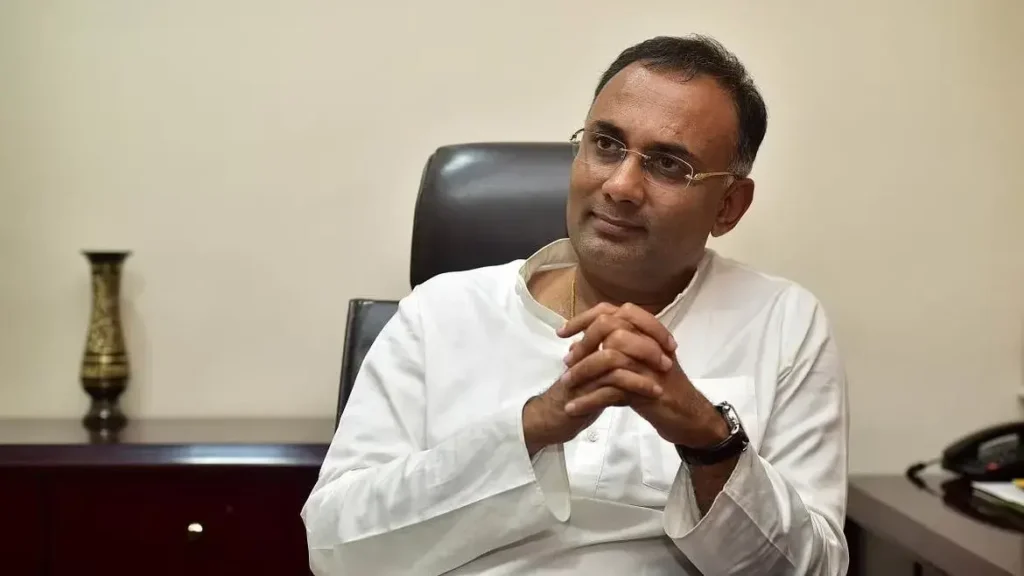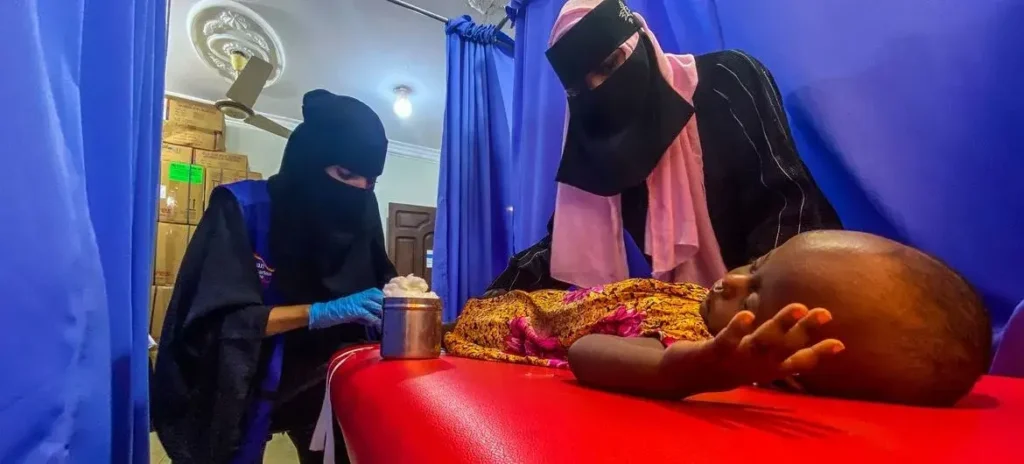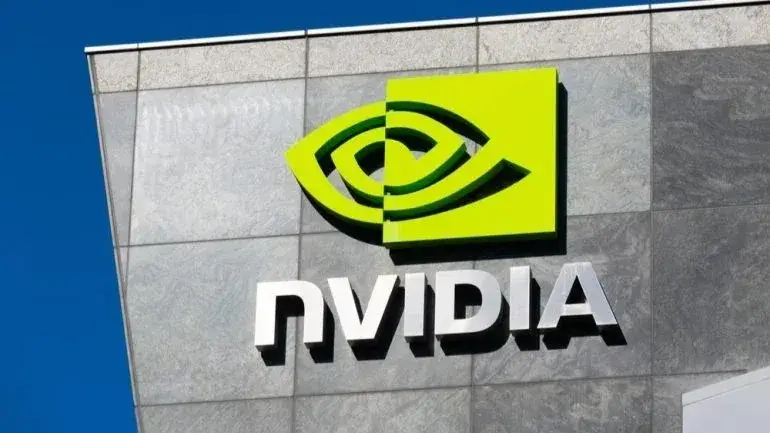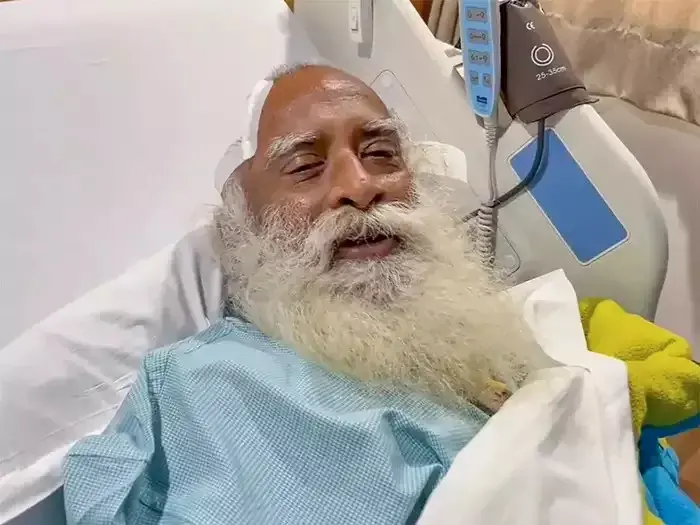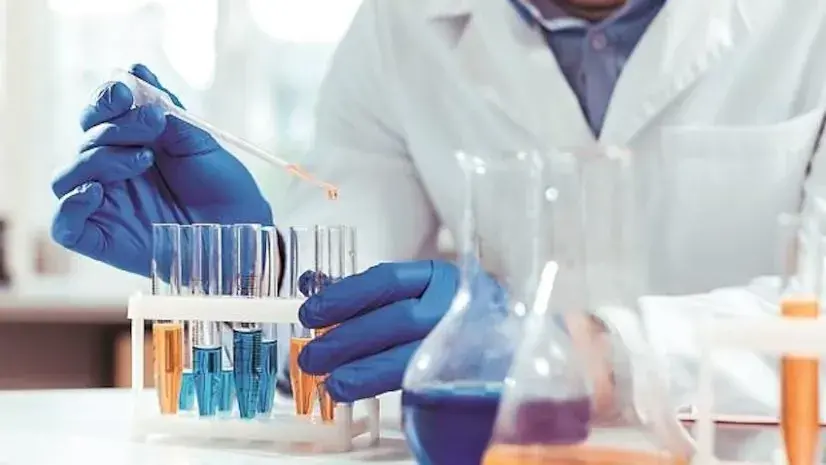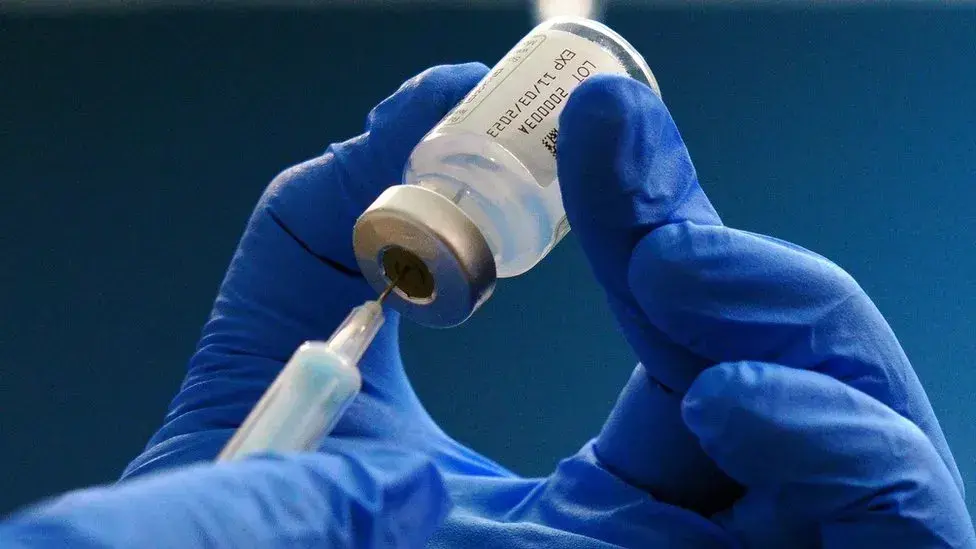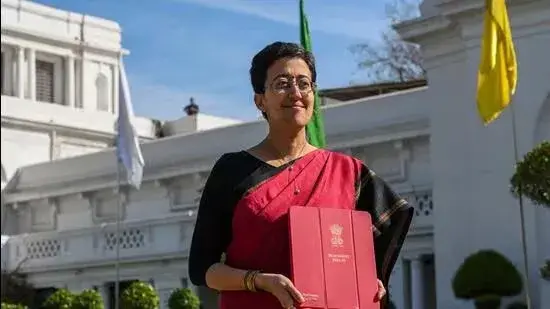Decline of COVID-19 Variant JN.1 as Emerging Subvariant Takes Hold
The prevalence of the dominant COVID-19 variant, JN.1, is waning as an emerging subvariant gains ground, signaling a shift in the trajectory of the pandemic. JN.1, which surged in the U.S. late last year, has seen a significant decrease in its contribution to new COVID-19 infections. Estimates from the Centers for Disease Control and Prevention indicate that JN.1 accounted for 86% of new cases over the past two weeks, down from 90% at the beginning of March. This variant, closely related to BA.2.86, had previously driven infections during the fall and winter months. Now, JN.1 is ceding ground to a subvariant, JN.1.13, which has experienced a notable increase in recent weeks. From comprising nearly 2% of new cases last month, JN.1.13 has risen to nearly 11% over the past two weeks. Additionally, another descendant, JN.1.18, has witnessed a modest uptick, albeit to a lesser extent, representing less than 2% of new infections in the same timeframe. Despite the emergence of various subvariants, overall COVID-19 transmission is declining across most regions of the U.S. While respiratory illness levels remain elevated in many areas, key indicators for the virus are on a downward trend. Weekly hospitalizations due to COVID-19 have decreased by nearly 14% in the past week, marking the first time new admissions have fallen below 10,000 since July 2023. Furthermore, recent data released by the CDC indicates a rise in life expectancy in 2022, attributed in part to a decline in COVID-19 mortality. Although this increase marks a reversal from the pandemic’s earlier impacts, it represents only a partial recovery from the losses incurred during the pandemic’s peak.
Decline of COVID-19 Variant JN.1 as Emerging Subvariant Takes Hold Read More »

